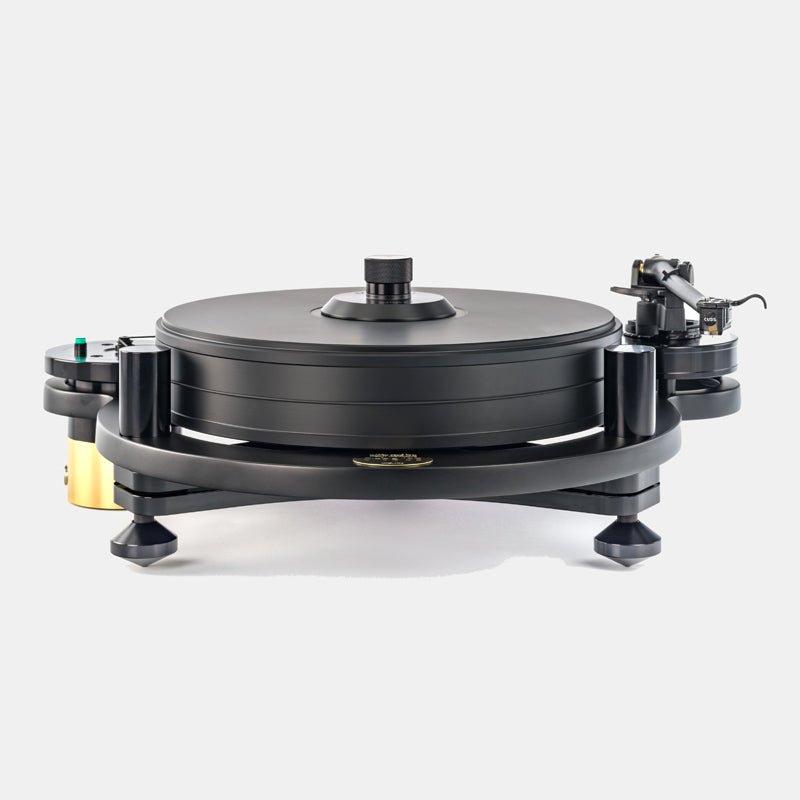Discover the distinctions between a record player and a turntable. Explore the functionalities, sound quality, and nostalgic experience each device offers to audiophiles and music enthusiasts alike.
In an era dominated by digital technology, there's a timeless appeal in the world of analog music. Vinyl records have made a remarkable resurgence, attracting a new generation of music aficionados. Two primary devices cater to this nostalgia-driven trend: the record player and the turntable. While they both serve as gateways to the world of vinyl, understanding the differences between the two can significantly impact one's musical experience. In this blog, we explore the distinctive characteristics of each device, helping you choose the perfect analog companion for your musical journey.
Record Player: A record player is an all-in-one audio system that includes both the turntable and the speakers. It is a self-contained unit, making it incredibly easy to set up and use. All you need to do is plug it into a power source, place your vinyl on the platter, and hit play. The built-in amplifier and speakers eliminate the need for additional components, making it a convenient choice for those seeking a straightforward setup.
One of the key advantages of a record player is its portability. Due to its integrated design, you can easily move it from one room to another or even take it to a friend's house for a vinyl listening session. Additionally, many modern record players come equipped with USB ports, allowing users to convert their vinyl records into digital formats.
Turntable: A turntable, on the other hand, refers specifically to the component that holds and spins the vinyl record. Unlike record players, turntables require additional equipment, such as an external amplifier and speakers or a set of powered speakers, to produce sound. This modularity grants users the freedom to customize their audio setup according to their preferences and budget.
Turntables are favoured by audiophiles for their superior sound quality. The absence of integrated speakers and amplifiers means there's less potential for electrical interference, resulting in a purer, more accurate audio reproduction. However, it's important to invest in high-quality speakers and an amplifier to fully appreciate the rich analog sound.
Sound Quality: The sound quality is where the distinction between a record player and a turntable becomes most apparent. While record players offer convenience and an all-in-one solution, their sound quality might not match the standards set by dedicated turntables. Turntables, when paired with high-quality components, produce a warmer, more detailed, and immersive audio experience, often preferred by discerning audiophiles seeking the true essence of vinyl.
Nostalgic Experience: Both record players and turntables offer a nostalgic journey through time. The tactile process of handling vinyl records, gently placing the needle, and experiencing the characteristic crackles and pops is an enchanting ritual cherished by many. Both devices provide an authentic and sentimental connection to the music, which is a major reason for the vinyl revival in recent years.
In the end, choosing between a record player and a turntable depends on your priorities and preferences. If convenience and portability are crucial factors, a record player might be the right choice. However, if you prioritize sound quality and the ability to customize your audio setup, a dedicated turntable with external components is the way to go.
Whichever option you select, both record players and turntables offer a delightful and nostalgic musical journey into the realm of analog sound. Embrace the crackles and warmth of vinyl records, and relish the unparalleled charm they bring to your listening experience in this digital age. Happy listening!




Share:
Jay-Z's Impact on Hip-Hop: The Blueprint
Classic Audio Loudspeakers - Rogers LS35A and LS59